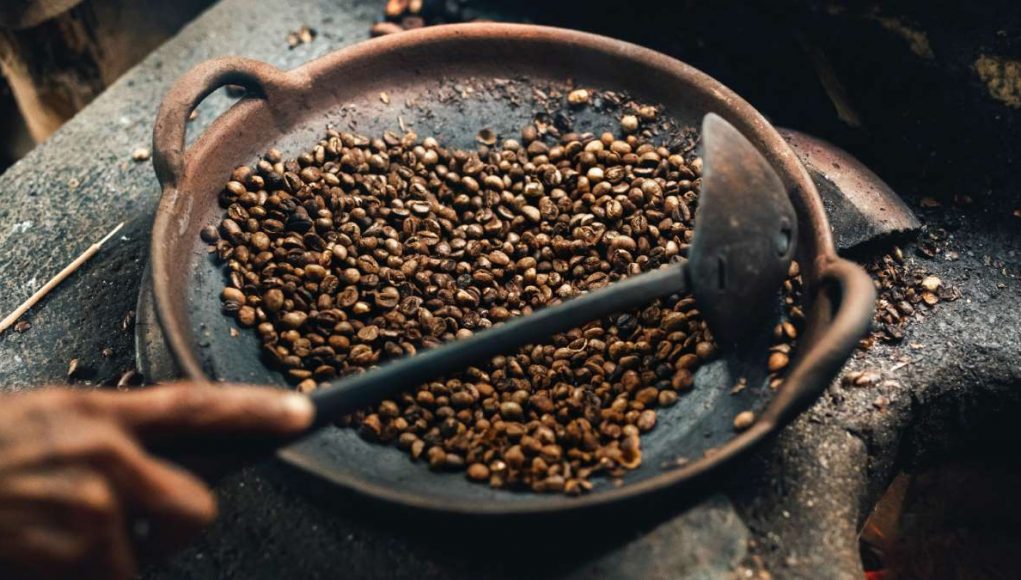If you were told that your cup of Joe came from the excrement of a small mammal, you’d probably spit it out and never drink anything brown again. But that’s exactly where Kopi Luwak comes from. Despite that, “civet coffee” is quickly gaining worldwide popularity thanks to its unique taste and aroma.
Kopi Luwak is characterized by a smooth flavor and low acidity, making for a very sweet and full brew. It doesn’t smell anything like you’d expect, either. The aroma is far from unpleasant. It’s also worth noting that every bean is processed to ensure that the final product is as clean as can be.
With that cleared up, you might be interested in learning more about this fascinating coffee from Indonesia. Read on to discover what Kopi Luwak is all about.
Cat or Weasel?
One of the most common confusions comes with who exactly is doing the… digesting. While often called a “toddycat” in English, the mammal in question is not a member of the feline family. They belong to the viverrid family, which is more closely related to genets and suricats.
There are several different species of civet, but the one that makes Kopi Luwak is the Asian palm civet. They’re nocturnal omnivores that primarily feed on pulpy fruits and the type of cherries that contain coffee beans.
How is Kopi Luwak Made?
Kopi Luwak, which is often referred to as civet coffee, starts out life just like any other coffee bean. They grow in the same forests where the palm civets live. When the little mammal is hungry, they head out and search for the ripest cherries before digesting, fermenting, and excreting them.
In doing so, the surface of the beans is removed. This erodes some of the caffeine and acidity. The cherry also breaks down around the bean, infusing it with flavor. Farmers then collect the beans to clean and prepare for us to consume.
What Does Civet Coffee Like?
A quality cup of Kopi Luwak contains a full-bodied flavor that can sometimes be quite syrupy. There’s a pleasant sweetness that may remind you of caramel or chocolate. Thanks to low acidity levels, there’s a surprising lack of bitterness that reveals more complex flavors. That’s why the coffee is usually roasted lightly.
In terms of aroma, you’ll smell the difference. It is said to have a unique way of priming your senses to provide a lingering finish coupled with a clean aftertaste. Keep in mind that there are also different varieties.
Is Kopi Luwak Socially Responsible?
There has been some concern around the practices involved with civet coffee production. As demand for the luxury bean increases, farmers may be compelled to put cost savings over ethics. Fortunately, this is not the case with reliable and trustworthy suppliers of Kopi Luwak.
The civets are allowed to roam freely and socialize with each other. Their diet is varied and they aren’t prone to the health problems that civets in captivity may experience. Manufacturers also ensure that the farmworkers are taken care of. Fair wages and comfortable working conditions are a priority, as it makes for better products in the end.
How did Civet Coffee Start?
You might be wondering how on earth anyone figured out that there was a great coffee hiding in the excrement of a civet cat. Well, the story goes that the Dutch created coffee plantations in Indonesia when they first settled.
This took land and farming rights away from the locals, who eventually discovered that the local wildlife was providing a delicious alternative.
Now it’s your turn to discover how Kopi Luwak tastes. Be sure to give it some thought when choosing what to put in your next cup.






